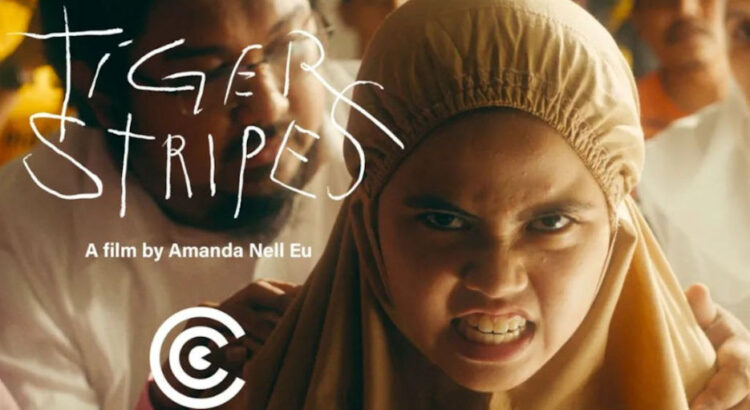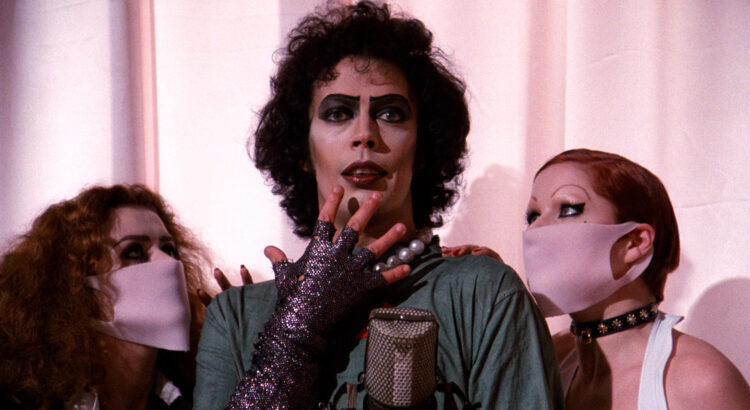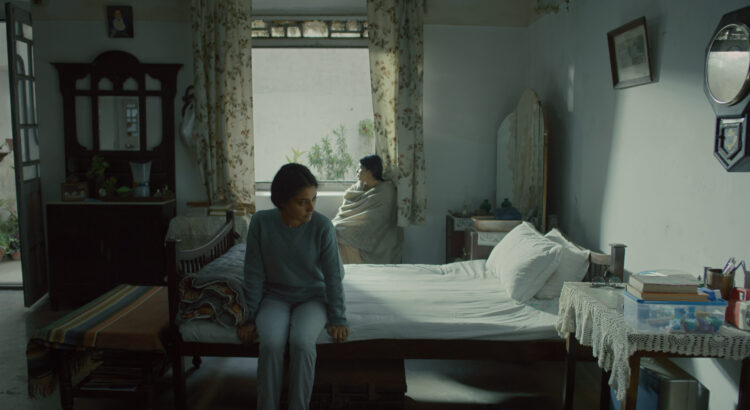7:30pm • Tuesday, Oct. 31, 2023 • State Theater
Directed by Amanda Nell Eu and brought to Ann Arbor by the annual Halaloween film festival, Tiger Stripes follows Zaffan, an 11-year-old girl living in rural Malaysia, and her friends Mariam and Farah. When Zaffan has her period, drastic changes begin occurring in her body and she becomes a social pariah, only to discover her own power. Tiger Stripes captures the fraught experience of adolescence through a combination of thoughtful character development and body horror.
In the beginning of the movie, scenes where Zaffan dances for TikTok videos in the school bathroom and rough-houses with her friends develop her feisty, rebellious nature. At the same time, Farah’s disgust and Mariam’s admiration for Zaffan’s behavior set the stage for the relational conflicts which occur later in the story. Something I thought was brilliant in the way Eu portrayed the friends’ responses to Zaffan’s rebelliousness, and then her period, was how they hinted at the process of socialization and the intergenerational transfer of beliefs and values. Farah’s story about how mad her father was when her older sister bled on the couch revealed how Farah’s personal experiences informed her understanding of menstruation.
Also brilliant was the way that Eu projected beliefs and values about purity and cleanliness present in Zaffan’s community directly onto her body. When Zaffan gets her period, the first thing her mother says is “You’re dirty now,” shepherding Zaffan into the shower. Later, Zaffan’s former friends bully her, saying that she smells and questioning whether she is taking showers. Zaffan becomes afflicted with angry red rashes all over her body, her nails peel off, and her hair begins falling out, a physical manifestation of her friends’ teasing. Zaffan’s fear and disgust at the changes occuring in her body reflected the feelings many girls experience during adolescence.
Even in the midst of all of these horrors, Zaffan remains true to her bold, joyful identity, emerging from the trials of adolescence as a powerful, liberated new version of herself. Eu brings moments of levity into the story using tongue-in-cheek special effects and comedic jump-scares that seem to infuse the movie with Zaffan’s bright personality. I loved the way Tiger Stripes brought joy and humor together with horror to portray adolescence and coming of age. It was a new experience for me to embrace horror as a genre that can be playful, even funny, and made me ask new questions about the balance between serious subjects and making fun out of their representation. I cannot recommend this movie enough, and encourage you to watch it if you have the opportunity.








